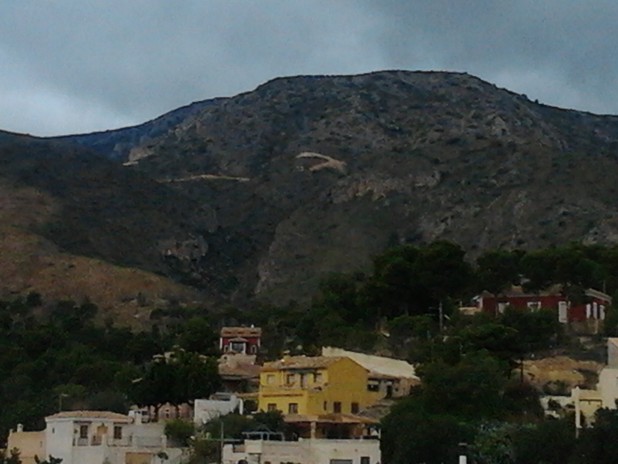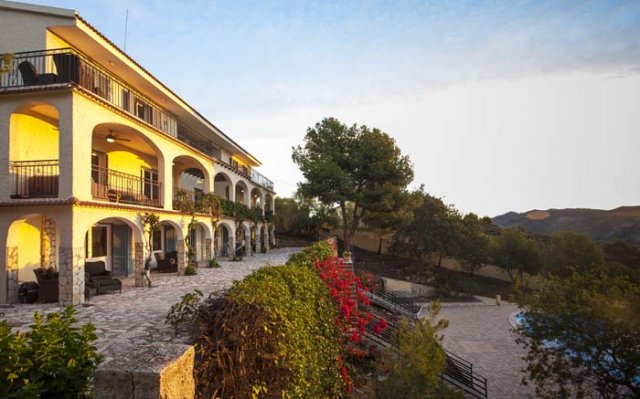
Sierra de Cabeçó d´Or
Sierra de Cabeçó d´Or
From the interior of the region of Alacant, the “Sierra del Cabeçó d’Or” extends from north to south in an attempt to approach the sea. Its western slope is an impressive succession of rocky walls and canvases that give the landscape a mineral character.
The term “Cabezón de Oro” is a Castilian phonetic transliteration of the term in Valencian Cabeçó d’Or. In spite of what would literally indicate its name or the old gold mine that existed in the place, the word “Or” does not make reference to the gold mineral, but to the water. In fact, in the time of the Al-Andalus the Arabs kept the word Iberian “Ur” to denominate this mountain range, that means “Water”.
After the conquest and Christian repopulation, it was transliterated phonetically (and not semantically) to the Valencian “Or” and to the Castilian “Oro”. Thus, “Cabeçó d’Or” would come to mean something similar to “Cabezo de Aguas”.
There is a local popular legend, probably of Mudéjar origin, in which the intelligence of the Christian conquerors is ridiculed because they believe that there is gold in the place, when in fact it is water.
The combination of natural vegetation, water and temperature make this place a suitable place for rest, as it is said in a popular saying, Aigües without a doctor, no pharmacy is named here, its airs and its waters and its Pines its shadow.























